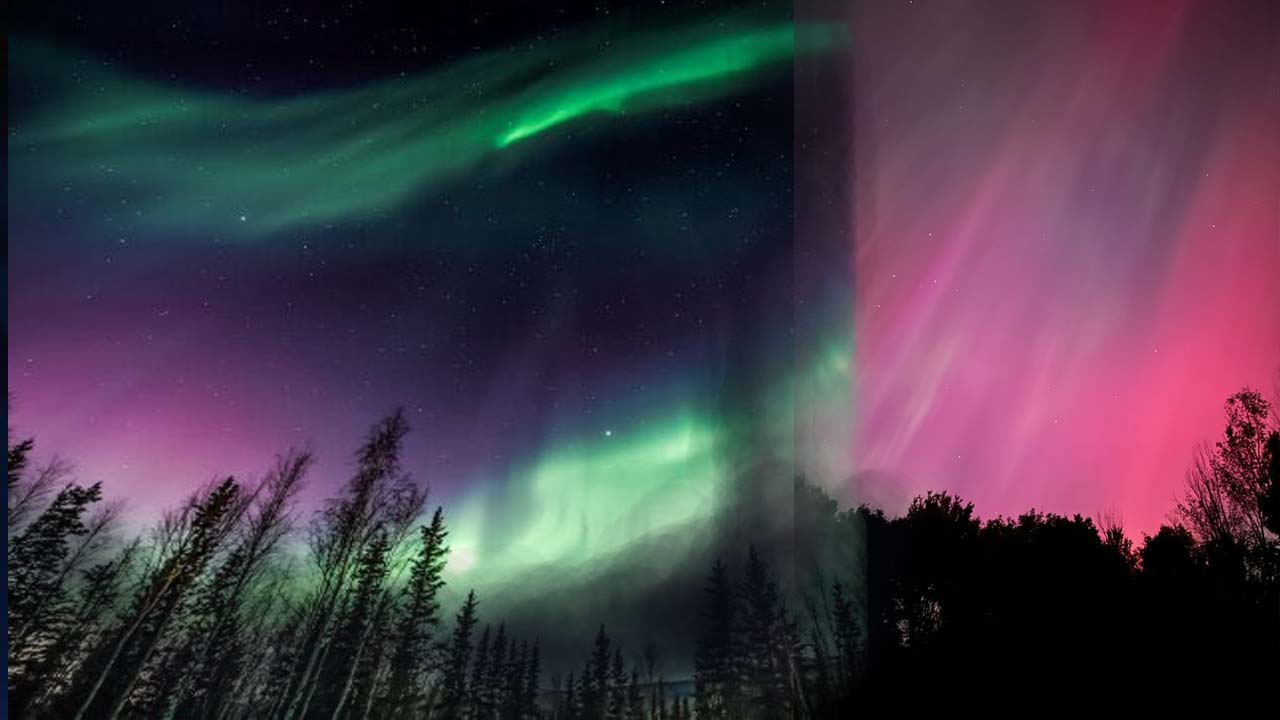
The aurora borealis, a stunning display of lights, was visible as far south as Kent in England, captivating stargazers from Scotland to East Anglia. Images of this breathtaking phenomenon filled social media platforms.
In the United States, several states also enjoyed this rare view of the northern lights due to a recent solar storm. Spectacular auroras could be seen in locations such as the Eastern Sierra mountains in California, Lewes in Delaware, St. Joseph by Lake Michigan, Falmouth in Maine, and even as far south as Shenandoah National Park in Virginia. Initially, the Met Office had predicted that the auroras would only be visible as far south as the Midlands, but the spectacle extended even further, offering many a rare opportunity to witness the event. Parts of northern states in the US also experienced this dazzling light show.
October 10, 2024
This remarkable display resulted from a powerful solar eruption that sent charged particles from the sun racing toward Earth. The National Oceanic and Atmospheric Administration (NOAA) had previously issued a G4 geomagnetic storm watch, one of the highest classifications of severity. Expected to impact Earth on Thursday, this storm allowed the Northern Lights to be seen well beyond their typical range. NOAA monitored the coronal mass ejection, which could cause minor disruptions to power grids, GPS systems, and satellite communications.
The aurora borealis occurs when these charged solar particles collide with Earth’s magnetic field, exciting atmospheric gases and producing the vibrant colors observed in the night sky. The most common hue is green, resulting from oxygen in the atmosphere. For those wishing to capture the beauty of the auroras, experts suggest using long exposure photography, as the lights may not always be distinctly visible to the naked eye.





















